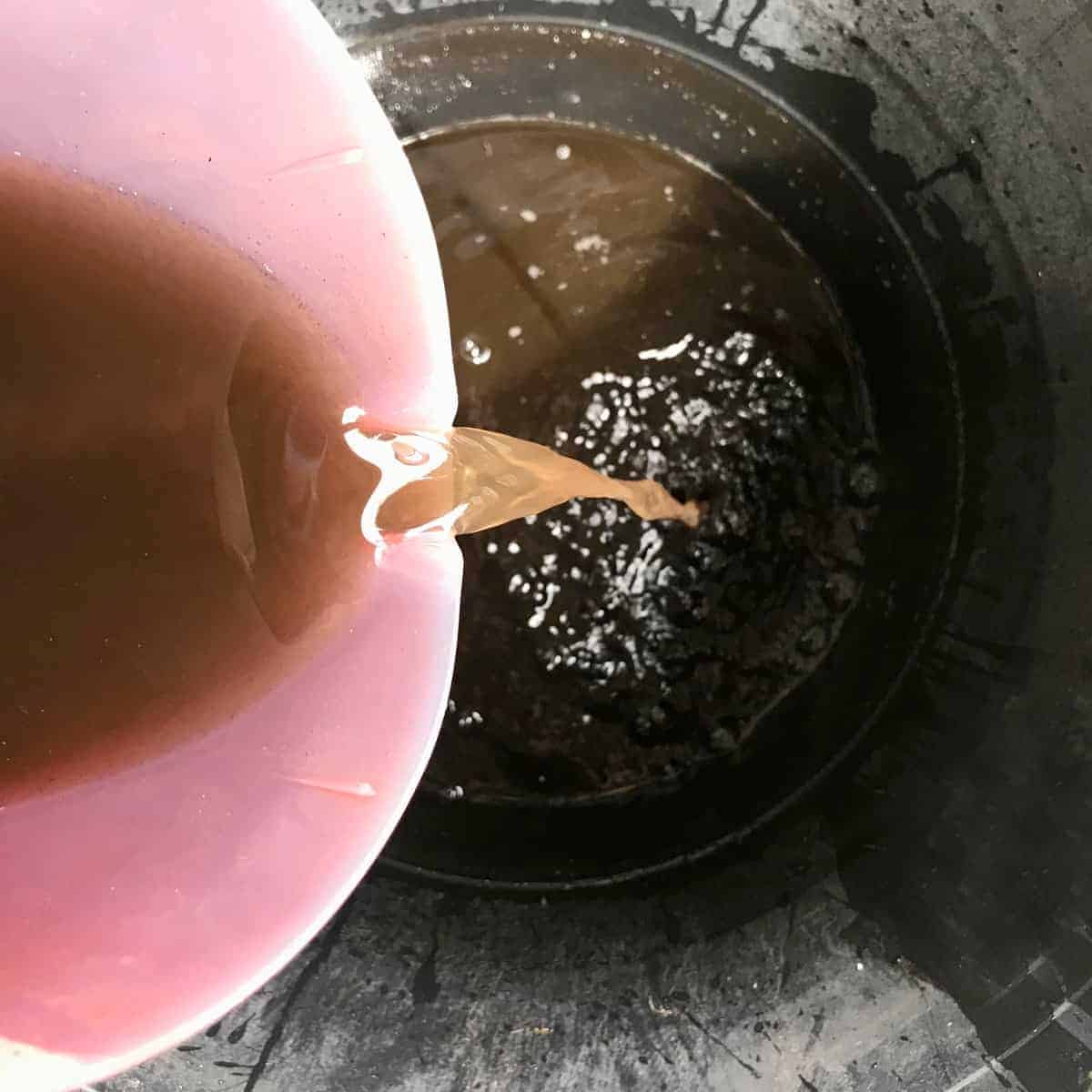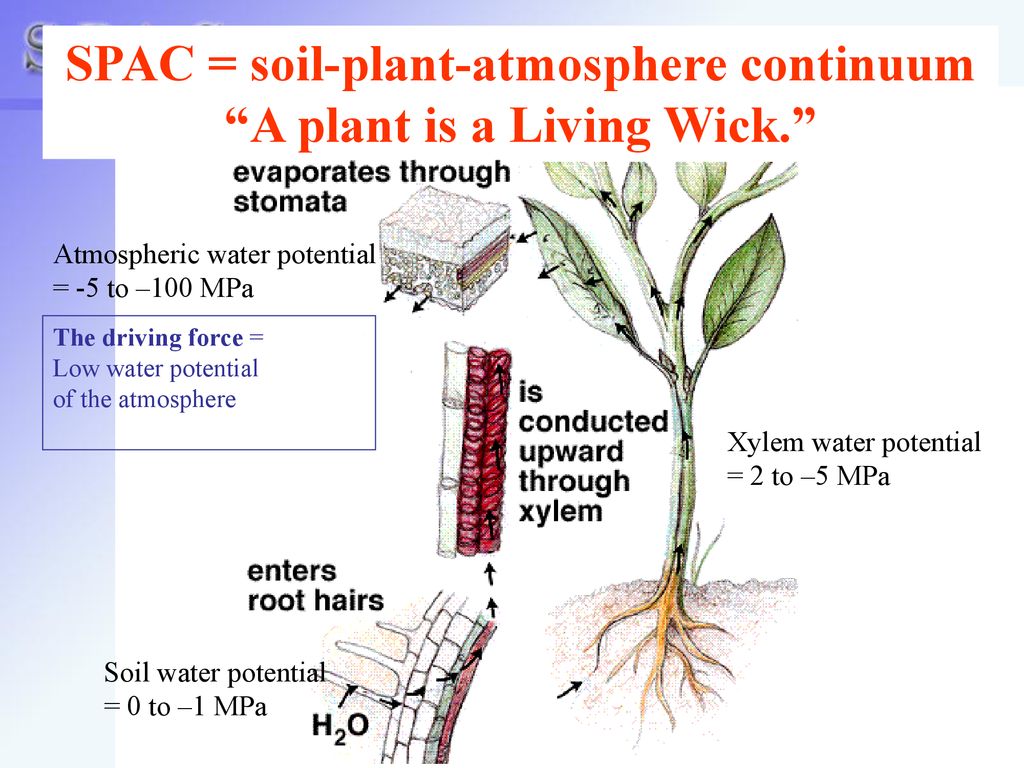acespicoli
Well-known member
Compost TeaLAB Recipes
Don't let things get too complicated right off the bat. Start simple with a Basic Compost Tea. Once you get to know how a basic brew should go, and how your garden responds, you can start to experiment with other ingredients and really have some fun with it. Here's TeaLAB's Basic Compost Tea Recipe, followed by several recipes that include more ingredients. If you don't have all the ingredients, don't worry, you can potentially find a substitute or go without and still do a great job.



| 

|




























 in there... might go large next time
in there... might go large next time





















